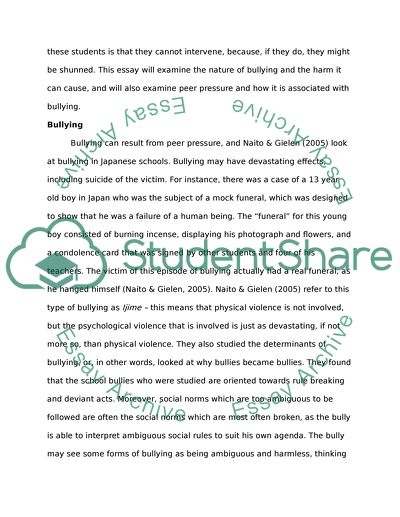Cite this document
(“Peer Pressure Essay Example | Topics and Well Written Essays - 1500 words”, n.d.)
Retrieved from https://studentshare.org/english/1488340-peer-pressure
Retrieved from https://studentshare.org/english/1488340-peer-pressure
(Peer Pressure Essay Example | Topics and Well Written Essays - 1500 Words)
https://studentshare.org/english/1488340-peer-pressure.
https://studentshare.org/english/1488340-peer-pressure.
“Peer Pressure Essay Example | Topics and Well Written Essays - 1500 Words”, n.d. https://studentshare.org/english/1488340-peer-pressure.


